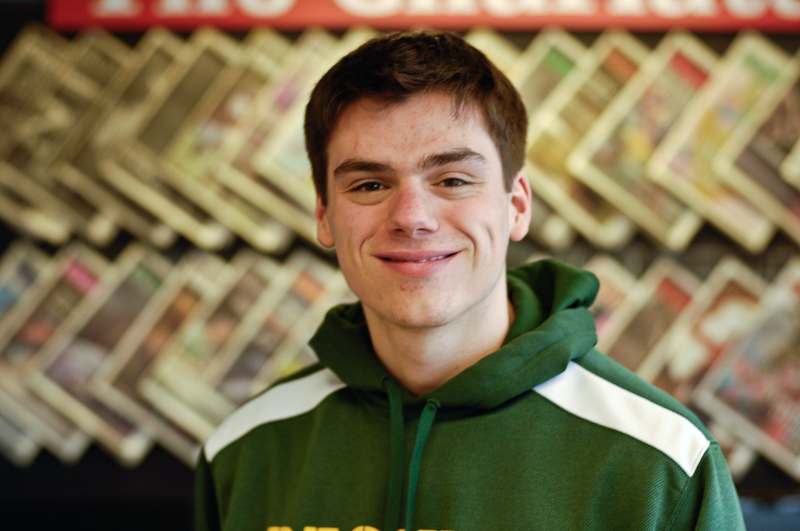Thanks to their 2015 Canadian Interuniversity Sport (CIS) Final 8 Tournament victory earlier in March, the Carleton Ravens men’s basketball team has won five national championships in a row and 11 of the last 13.
The NCAA March Madness national basketball championship tournament wrapped up on April 5 with the Duke Blue Devils narrowly beating the Wisconsin Badgers. Watching this tournament, I wondered whether Carleton could compete with the best American university teams.
The answer based on Carleton’s performance in pre-season competition against NCAA Division I schools and an analysis of their statistics is “yes.”
Early in the 2014-15 pre-season, Carleton went 3-1 in four games against schools from the NCAA’s top division, beating Memphis, Vermont, and the University of Illinois at Chicago.
Carleton’s only loss came by 10 points to the Indiana Hoosiers. Indiana participated in the 2015 NCAA tournament as a number-10 seed and lost in the second round to Wichita State, which made the Sweet Sixteen.
In the 2013-14 pre-season, Carleton beat the Wisconsin Badgers 95-82. Wisconsin went all the way to the Final Four that season and played in this year’s title game. Two nights later, Carleton lost 69-65 in overtime to the Syracuse Orange, a number-3 seed in the 2014 tournament.
It seems Carleton can at least compete with the schools from a power conference. But when you assess the results of similarly skilled teams, things get interesting.
If Carleton was to participate in one of the play-in games, four games which give teams a chance to play their way into the 64-team bracket, they would match up well.
Seven out of the eight play-in-game teams don’t come from big-name conferences. They play in weaker conferences comparable to the CIS. Sixty-two out of the 76 teams in these conferences rank outside the top-100 ranked teams in the U.S.
The Ravens make more of their shot attempts than any of the play-in-game teams, shooting 51 per cent from the field. Dayton, the closest team, shoots 46 per cent.
Additionally, Carleton dominates the play-in-game teams in numerous offensive and defensive categories, including assist-to-turnover ratio.
For three years in a row, a number-14 seed beat a number-3 seeded team in the March Madness tournament. In this year’s tournament alone, there were two of these upsets.
This year, the University of Alabama at Birmingham beat Iowa State in their first-round matchup 60-59. The Blazers rank 140th in the United States in points per game, 217th in points allowed, and 211th in field goal percentage.
If this team can pull off an upset, why can’t Carleton?
The Ravens steamrolled their Canadian competition. After an early-season loss to the University of Ottawa Gee-Gees, Carleton outscored them by a combined total of 60 points in their next two contests, including a 93-46 thrashing in the CIS final. The Gee-Gees shouldn’t have been a pushover, as they ranked at the top of several CIS statistical categories.
The Ravens rolled through the entire CIS Final 8, winning their quarter and semi-final game by a combined 69 points.
Perhaps though Carleton’s ultimate X-factor is head coach Dave Smart. Smart came to Carleton as an assistant coach in 1997 and has been the bench boss since 1999.
With eight CIS Coach of the Year awards and 11 national titles, he’s proven capable of putting together a winning strategy that players can commit to. This especially important in high-pressure situations.
In a tournament all about Cinderella stories, Carleton has the potential to be another one.






